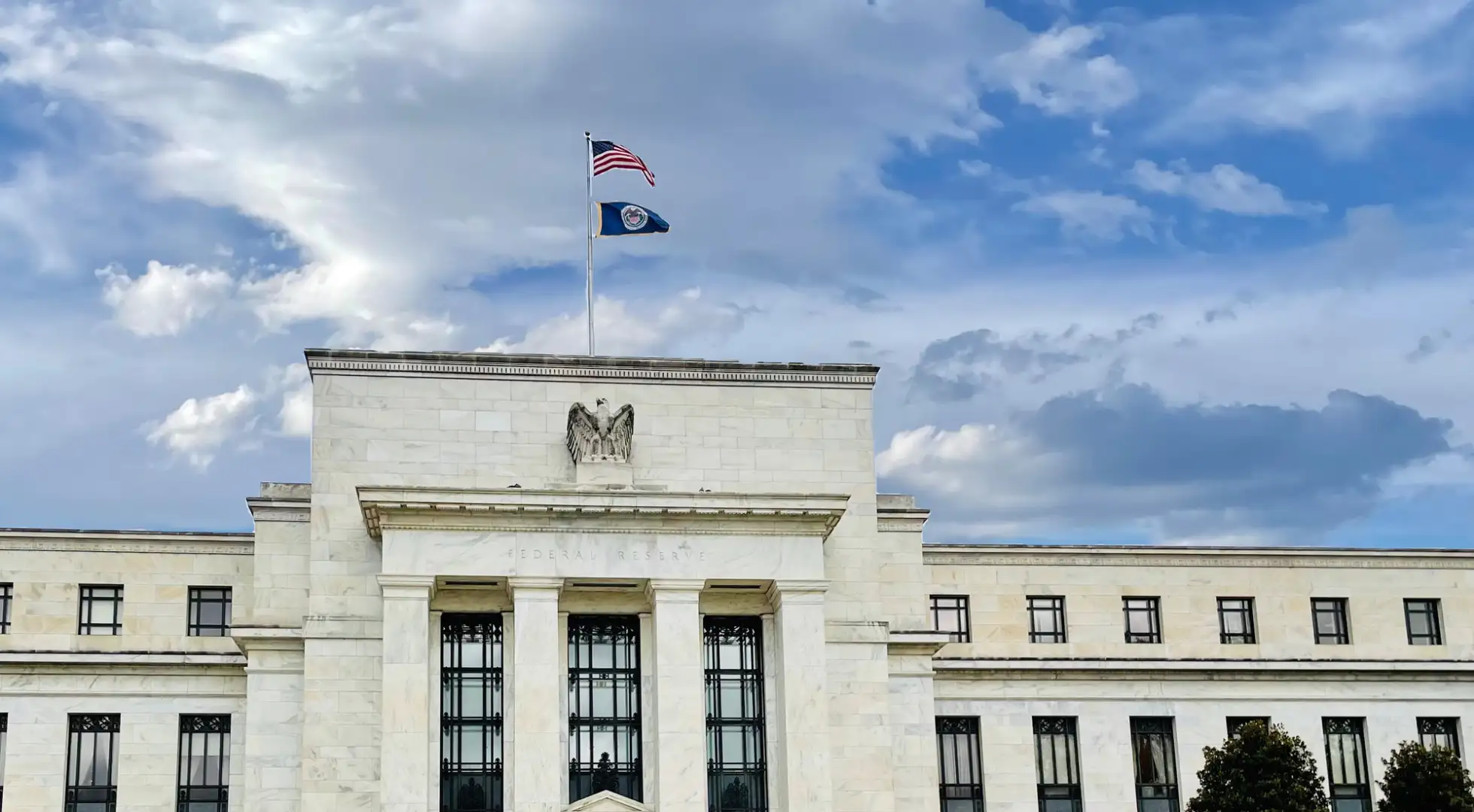Mortgage Rates Outlook, July 29, 2024 — Fed and Employment in Focus

One-Liner
Two highly significant events this week have the potential to set mortgage rates moving up or down for months to come. The first, due Wednesday, is the Federal Reserve’s rate-setting committee’s take on the likelihood of cuts to general interest rates later in the year. And the second is Friday’s all-important jobs report.
What’s Driving Mortgage Rates?
Mortgage rates ended up edging just a little lower last week. That may be partly a result of Friday’s inflation report, which came in as expected.
And some unwinding of the Trump trade may have helped. The new Democratic candidate Vice President Kamala Harris has made considerable progress in the polls. And that has turned what was beginning to look like a near-certain victory for former President Donald Trump into a real race.
Markets aren’t making a political point with their Trump trades. It’s just that some of his policies – like tariffs – are perceived as inflationary and therefore damaging to bond markets. And it’s a bond market that largely determines mortgage rates.
This week just might set the trend for mortgage rates for months to come. That’s because one event and one economic report are scheduled, and both are crucial to those rates.
They’re up next …
What To Watch This Week
The Fed
The Fed’s rate-setting body, the Federal Open Market Committee (FOMC), is set to begin a two-day meeting tomorrow. When it concludes, at 2 p.m. Eastern on Wednesday, it will issue a statement. And, 30 minutes later, Fed Chair Jerome Powell will host a news conference.
Very few observers expect the FOMC to unveil a cut to general interest rates that day. The CME FedWatch tool, which measures betting on this (sorry, “purchases of Fed Funds futures”), puts the chances at 4.1%.
So, why the fuss? Because the statement and news conference could reveal how the Fed’s thinking on future rate cuts has evolved.
Most investors now expect the FOMC to signal that it expects to cut general interest rates after its subsequent meeting, on Sep. 18. That would likely hold mortgage rates close to their current, relatively low level. Any suggestion of a second cut later in the year might send them lower.
Don’t expect firm commitments from the FOMC. It will almost certainly say that future cuts depend on continued rate-friendly data.
To be clear, the Fed doesn’t directly set mortgage rates. But it sure does influence the bond market. And that market moves ahead of actual events, based on what it expects to happen.
And that brings us to the second of this week’s big events …
July’s jobs report
July’s jobs report (the “employment situation report”) is scheduled to be published on Friday morning.
When the FOMC says future cuts are data-dependent, it’s mainly talking about this and the two big inflation reports: the consumer price index and the personal consumption expenditures (PCE) price index.
So a bad jobs report on Friday might cause markets to question whether Wednesday’s FOMC signals still hold good.
A bad jobs report would be one that showed higher-than-expected job creation and hourly wages, and a lower-than-expected unemployment rate. For lower mortgage rates, we want the opposite.
So, what are markets expecting? According to MarketWatch, it’s:
Nonfarm payrolls (new jobs created in July) — 190,000, down from June’s 206,000
Unemployment rate — 4.1%, unchanged from June
Average hourly wages — 0.3%, unchanged from June
Remember, we’d like to see fewer than 190,000 new jobs and wage rises below 0.3% in Friday’s report. A rise in the unemployment rate would help, too.
Other reports
We’re due several other economic reports over this week, though none is scheduled for today. Some of these might move mortgage rates a little and briefly.
But they’ll likely be swamped by the overwhelming consequentiality of the FOMC’s activities and the jobs report.
Forecasts
Fannie Mae and the Mortgage Bankers Association (MBA) both updated their forecasts for future mortgage rates last week. And they brought good news.
As recently as May, Fannie was expecting that 30-year, fixed-rate mortgages would average over 7% during the last quarter of this year. Now, it’s forecasting 6.7%. Meanwhile, the MBA is predicting 6.6%.
Better yet, both expect decreases to continue through 2025. Fannie reckons they’ll average 6.4% over the whole of that year. And the MBA thinks that same average will be 6.0% — and 5.8% in 2026.
Of course, it’s hard enough to predict mortgage rates over a month or two — sometimes, a day or two. Over the longer term, the number of variables multiplies, and the results grow less and less reliable.
But it’s encouraging that both the major forecasters are optimistic.
Just note the limits of their optimism. They’re expecting a gentle glide lower.
And you’ll be hard-pressed to find a serious forecaster who thinks we’ll see rates in the 3%-4% range for many years.






